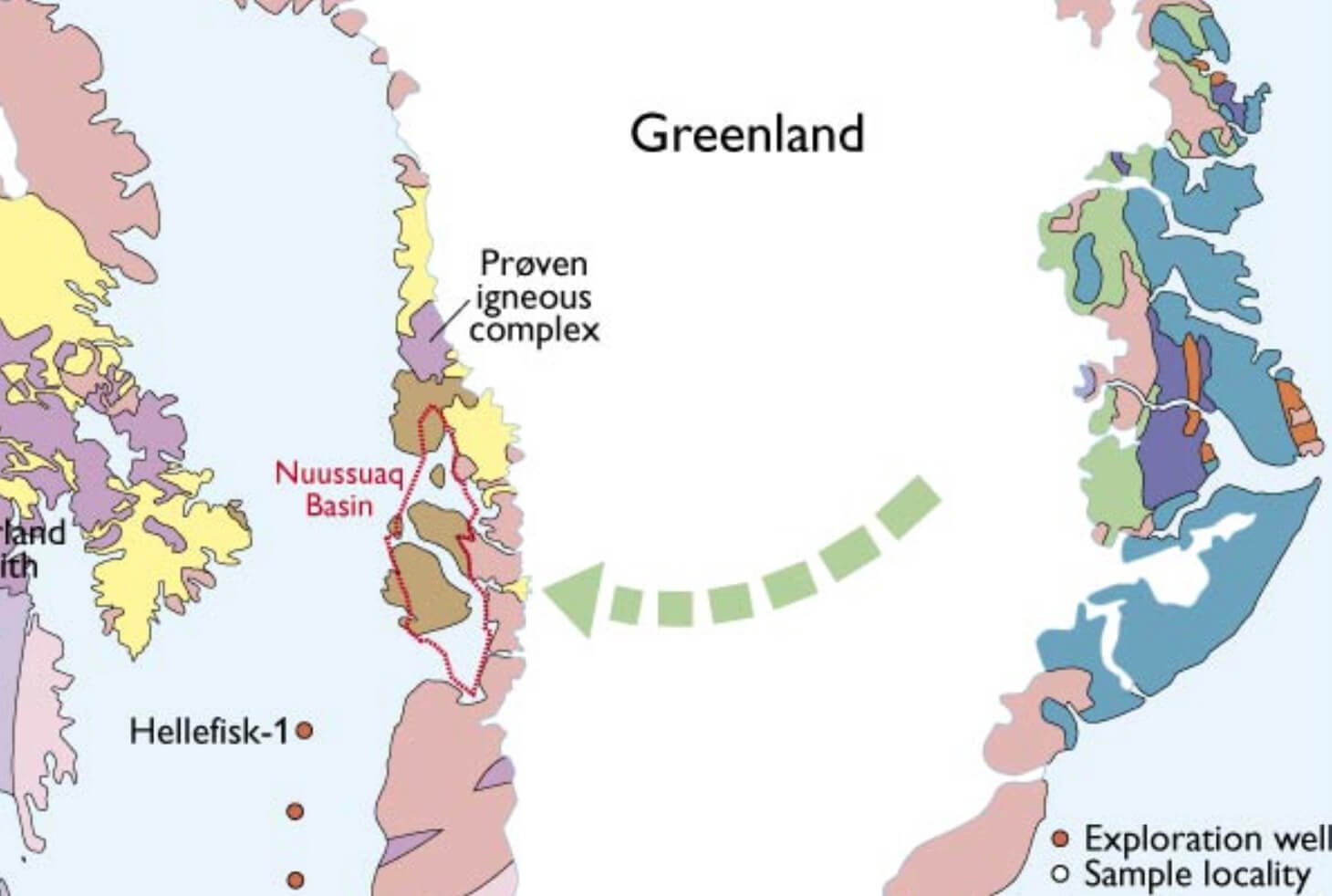
How to Cite
Share
Abstract
The extensive and very deep ?Jurassic/Cretaceous–Palaeogene sedimentary basins offshore West Greenland have a significant petroleum exploration potential. This is particularly true for the offshore region west of Disko and Nuussuaq where a live petroleum system has been documented for many years. At present, stratigraphic knowledge in this area is almost nonexistent and analogue studies from onshore areas and offshore exploration wells to the south are therefore crucial to understanding the distribution and quality of possible reservoir rocks in the Disko–Nuussuaq offshore area. One of the main risk parameters in petroleum exploration in this region is the presence of an adequate reservoir rock. Tectonostratigraphic considerations suggest that several sand-prone stratigraphic levels are probably present, but their provenance and reservoir quality are at present poorly known both onshore and offshore. A sediment provenance study including zircon provenance U-Pb dating and wholerock geochemical analysis was therefore initiated by the Geological Survey of Denmark and Greenland (GEUS) in preparation for the Disko West Licensing Round 2006 (Scherstén et al. 2007). The main aims of this study were to: 1. Characterise the source areas and dispersal patterns for the various sandstone units of Cretaceous–Paleocene age in the Nuussuaq Basin and compare these with sandstone units in selected West Greenland offshore exploration wells (Figs 1, 2), employing advanced zircon provenance U-Pb dating using laser ablation inductively coupled plasma mass spectrometry (LA-ICP-MS; cf. Frei et al. 2006). 2. Detect possible changes in sediment source with time, e.g. local versus regional sources. Zircon as a provenance tool is receiving increasing attention and has proven to be a powerful indicator of clastic sediment sources, a tracer of the Earth’s oldest materials, and a tracer of continental crust-forming processes (Froude et al. 1983; Williams & Claesson 1987; Dodson et al. 1988; Fedo et al. 2003; Hawkesworth & Kemp 2006). Zircon is common in continental rocks and it is assumed that its distribution in sediments will normally represent the source rocks. Although there are several complications, the sediment zircon U-Pb age frequency should in general terms mirror the relative proportions of different source materials. This assumption is particularly important if exotic components can be identified, as their frequency will provide an estimate of the exotic influx: it may also be essential in tracing sediment paths that affect the detrital compositions and subsequent diagenetic history of possible hydrocarbon reservoir rocks.
How to Cite
Share
Copyright (c) 2007 Anders Scherstén, Martin Sønderholm

This work is licensed under a Creative Commons Attribution 4.0 International License.
Downloads
Edited by Martin Sønderholm and A.K. Higgins
The Review of Survey activities presents a selection of 17 papers reflecting the wide spectrum of activities of the Geological Survey of Denmark and Greenland, from the microscopic to the plate-tectonic level.
Activities in Denmark: The Survey's field of activities in Denmark is illustrated by three papers on [...]









